In a previous article (The Vedic People of Scandinavia) we highlighted the very clear Vedic connections in Scandinavia. Without repeating those details, we know that the Aesir (Norse gods) are etymologically connected to the Vedic Asuras. But how did these traditions arrive in such a remote place? There is one highly controversial theory worth exploring.
Much of what we know about Norse mythology comes from an Icelandic poet named Snorri Sturluson (1179-1241 AD). In his composition known as the Ynglinga Saga, written around 1225 AD, he describes Odin, not as a god, but as a mighty Chieftain from Asia. The following are some relevant portions from the Saga:
“From the same sea a long sea-bight (curve) stretches towards the north-east, and is called the Black Sea, and divides the three parts of the earth; of which the eastern part is called Asia, and the western is called by some Europa, by some Enea. Northward of the Black Sea lies Swithiod the Great, or the Cold.
On the south side of the mountains which lie outside of all inhabited lands runs a river through Swithiod, which is properly called by the name of Tanais, but was formerly called Tanaquisl, or Vanaquisl, and which falls into the Black Sea. The country of the people on the Vanaquisl was called Vanaland, or Vanaheim; and the river separates the three parts of the world, of which the easternmost part is called Asia, and the westernmost Europe.
The country east of the Tanaquisl in Asia was called Asaland, or Asaheim, and the chief city in that land was called Asgaard. In that city was a chief called Odin, and it was a great place for sacrifice.”
Modern Academics do not accept the words of Snorri as historical fact. Instead they say he was being a creative poet and crafting various oral stories into a mythological framework. But it is clear he is describing a very real place – the Black Sea, the Don river emptying into it, and the Caucasus mountains.
Based on these geographic details, the famed Norwegian adventurer Thor Heyerdahl postulated, in his book the ‘Search for Odin’, that the Aesir were in fact from Azerbaijan, which lies just south of the Caucasus mountains on the Caspian sea. It is certainly a radical theory.
To buttress his argument, Heyerdahl pointed to rock carvings of boats in Gobustan, Azerbaijan and compared them to similar Norse rock carvings. Below you can see a side by side comparison and can be the judge.
Gobustan Rock Carvings
Norse Rock Carvings
Beyond the historical accounts of Snorri, the linguistic similarity between Aesir and Azer, as well as the rock carvings of boats, it is interesting that Azerbaijan sits on the Caspian sea. According to Vedic tradition, the Caspian sea was where Kasyapa Muni, one of the progenitors of mankind, and the father of both the Asuras and Devas, had his hermitage.
In near ancient times, Azerbaijan was a trading center across the entire region. In the capital of Baku, in the suburb of Surakhani, we find the Ateshgah fire temple. This temple is attested as early as the 7th Century AD where it was described by the Armenian philosopher Anania Shirakatsi as “Atshi Baguan” meaning the “fire temple of God”. The word Baguan, from which the city Baku derives its name, is a general term for ‘God’ and is cognate with the Sanskrit Bhagavan which is a proper name for Vishnu. Another city with this prefix is Baghdad meaning “bestowed by God.”
This fire temple had seven flames that were naturally fed from underground gas reserves. The 10th Century Arab geographer Estakhri said that in this region lived fire worshippers. Similarly, the 10th Century Armenian historian Movses Kaghankatvatsi referred to this region as the “province of Bhagavan”.
By the 17th Century it appears this temple may have been a multi-faith complex serving visiting Hindus, Zoroastrians, and Sikhs as they engaged in trade in the region. There were European explorers in the 1800s that noted that Rama, Krsna, Hanuman, and Agni were worshipped at the temple. It is even said that the Russian Czar Alexander III visited the temple in 1888 and witnessed Hindu prayers and rituals.
Inscriptions at the temple in Sanskrit and Punjabi note the temple was dedicated to Jwala Ji (a goddess of fire). There are other inscriptions honoring Ganesh and Shiva.
Unfortunately, by 1969 the natural flame was extinguished due to draining of the reserve from oil and gas exploration in the region. Today the flame is lit via gas piped into the temple compound.
So did the Norse come from Azerbaijan? It is possible. However, from a higher vantage point the question becomes moot.
The Vedic scriptures inform us that once the entire planet was ruled by a single Emperor and the planet was known as Ilavrtavarsha. Then, after the reign of King Bharata, the planet became known as Bharatavarsha. Everywhere was Vedic culture – be it in Scandinavia or Azerbaijan.
However, after the Great War in 3102 B.C, and the changing of the Age, the Vedic Empire was shattered and memories of the past began to fade. Today we are like a people with amnesia trying to piece together the actual history of this planet.
Other Articles by Vaishnava Das:
The Samurai: Protectors of the Cow
Sweet Salt – The Story of How India Invented Sugar
India – The Land of Stolen Jewels
The Vedic People of Scandinavia
The Vedic People of Azerbaijan
The Vedic People of Lithuania
India – The Land of Stolen Jewels
The Vedic Origins of the Piggy Bank
Soma – Elixir of the Gods
Manu and the Great Deluge
The Legends of Tulasi In Christianity
The Mysterious Iron Deity made from a Meteor
Ancient Shiva Linga in Ireland
Receive our daily email newsletter on Hinduism, Yoga, Meditation, Ayurveda and Natural Healing.

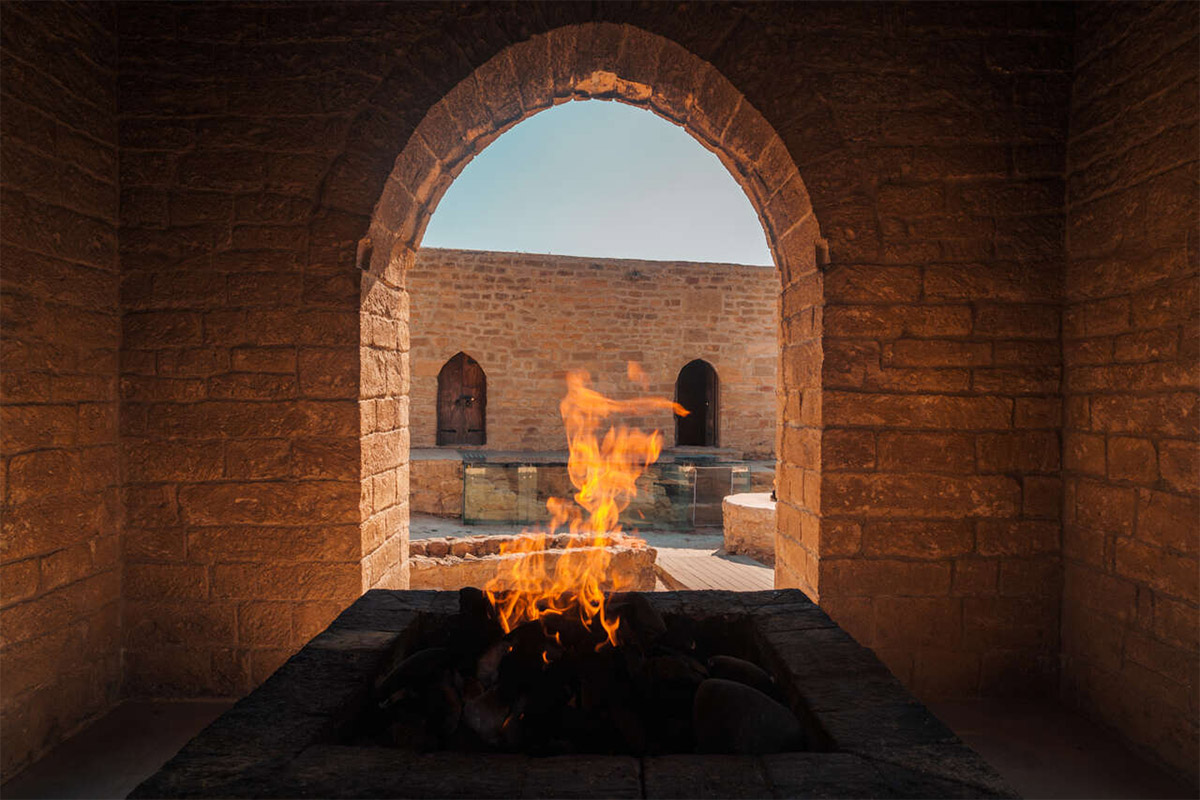
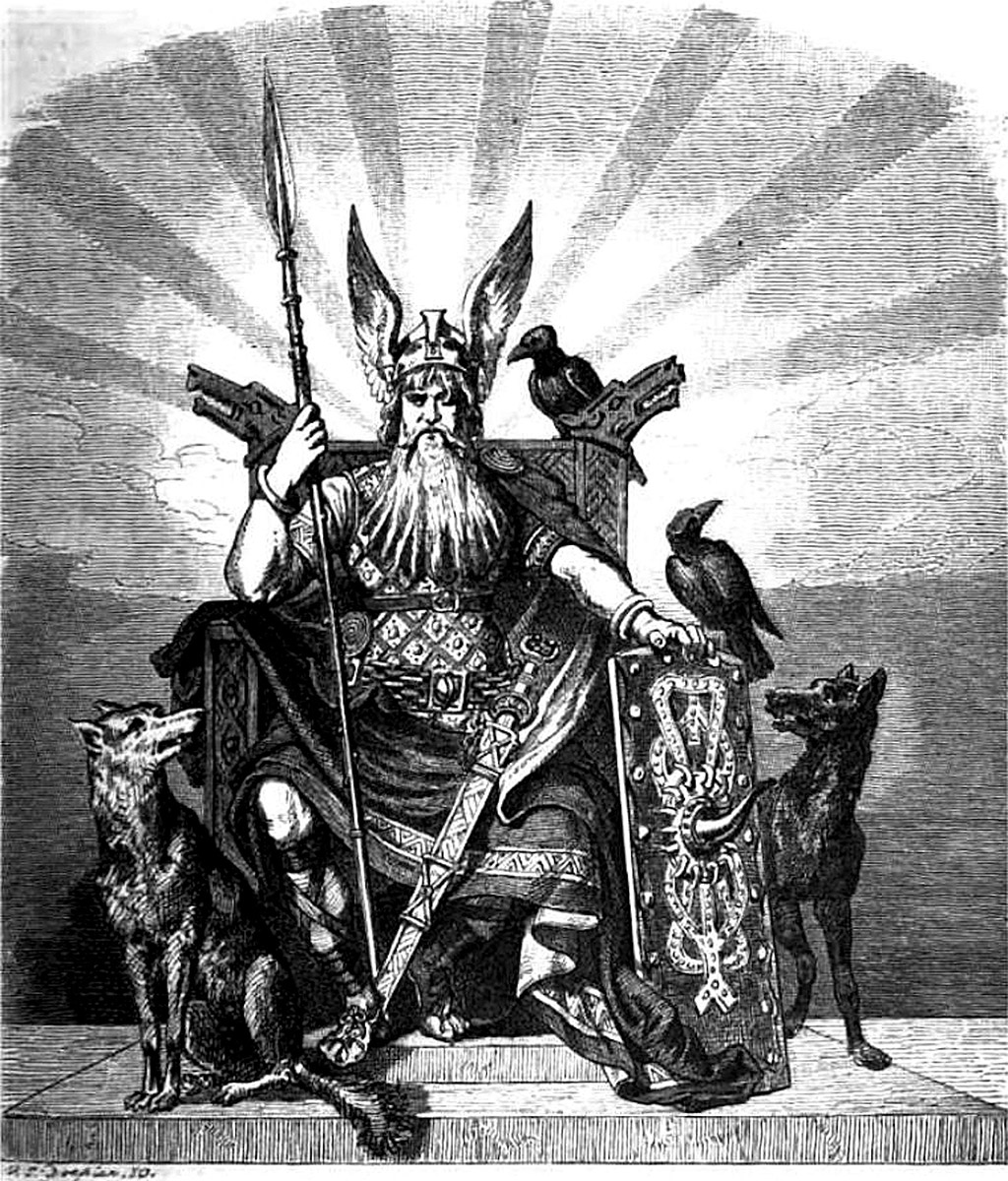
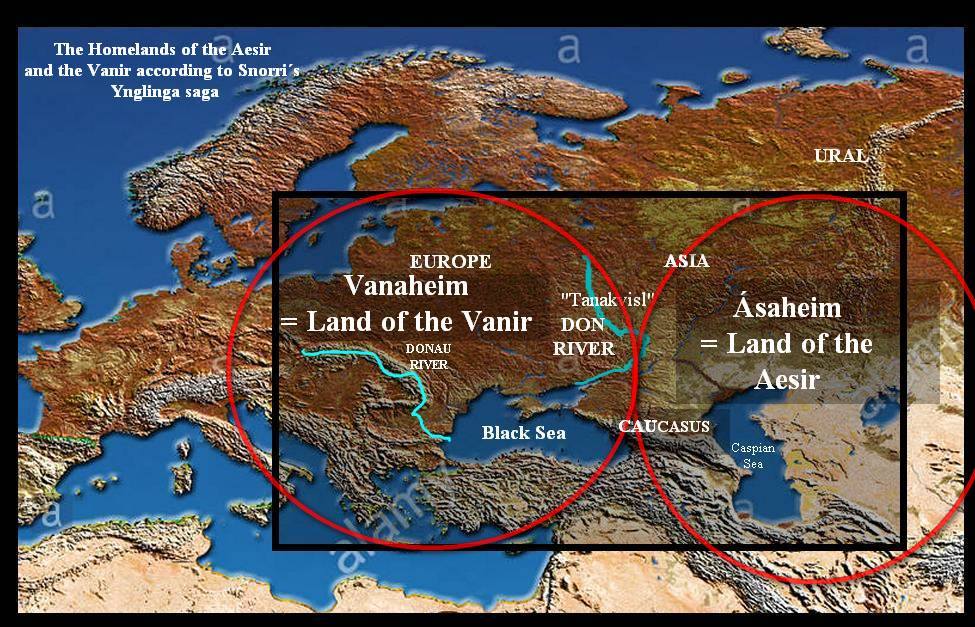
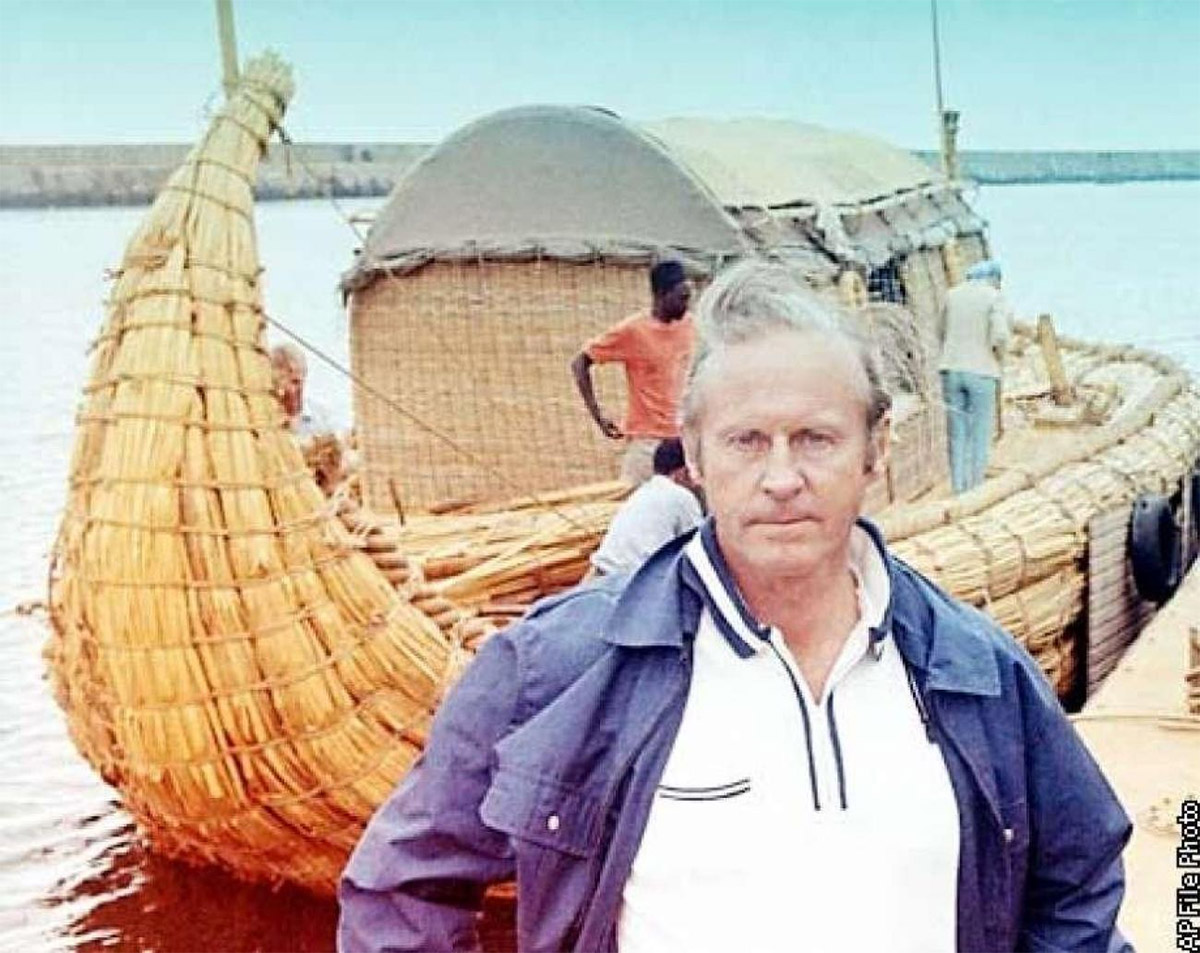
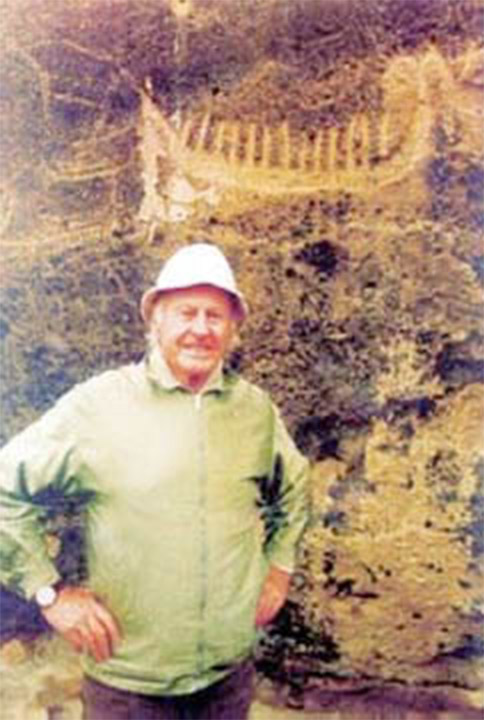
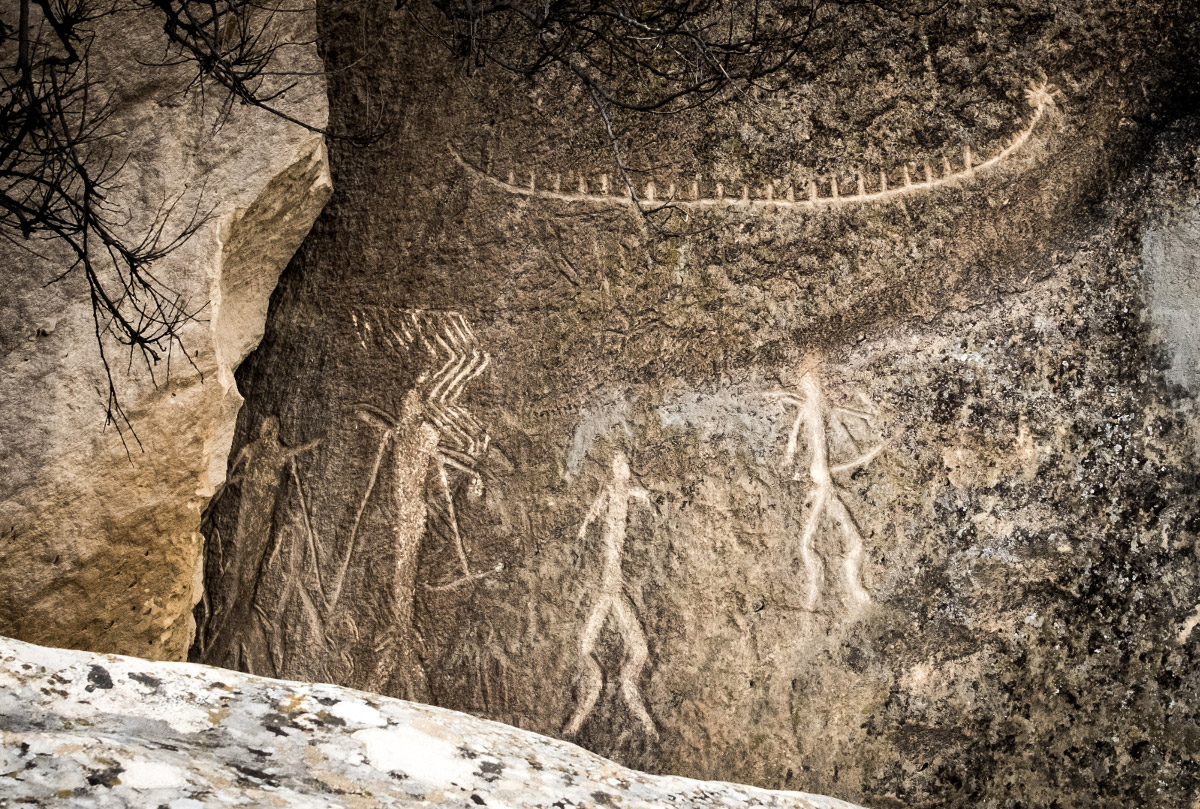

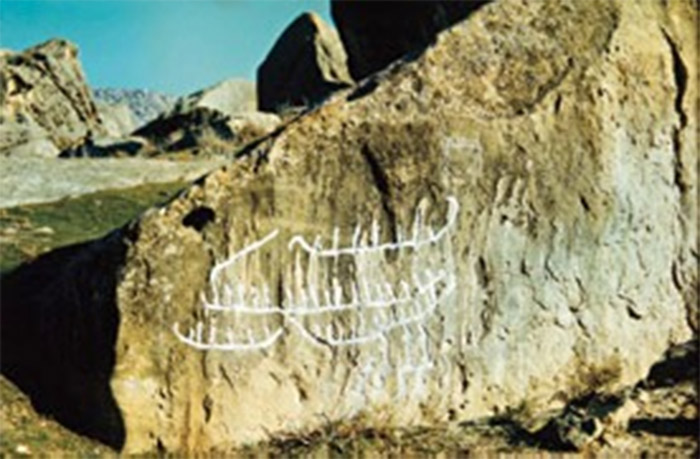
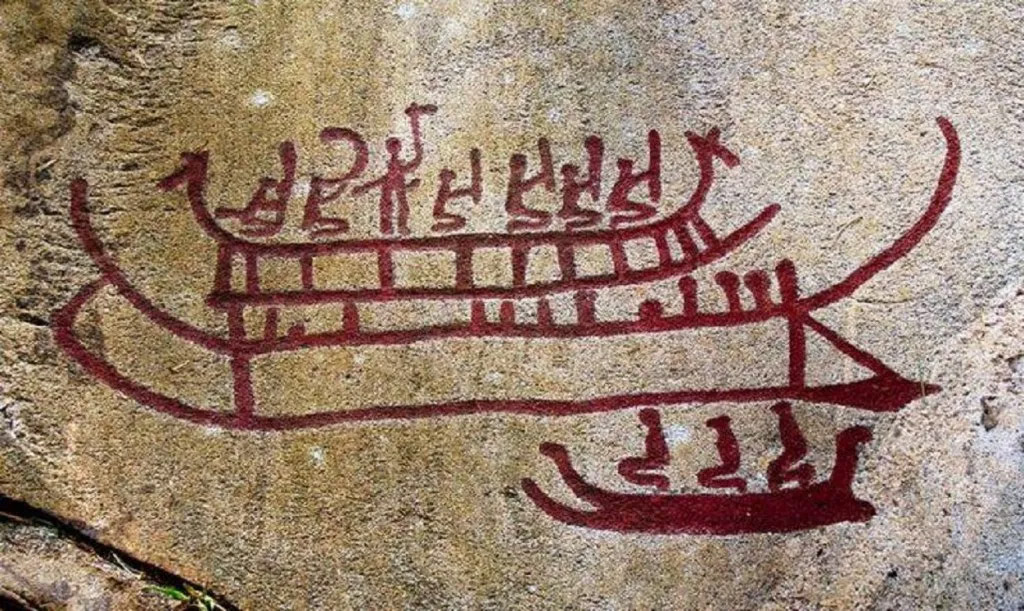
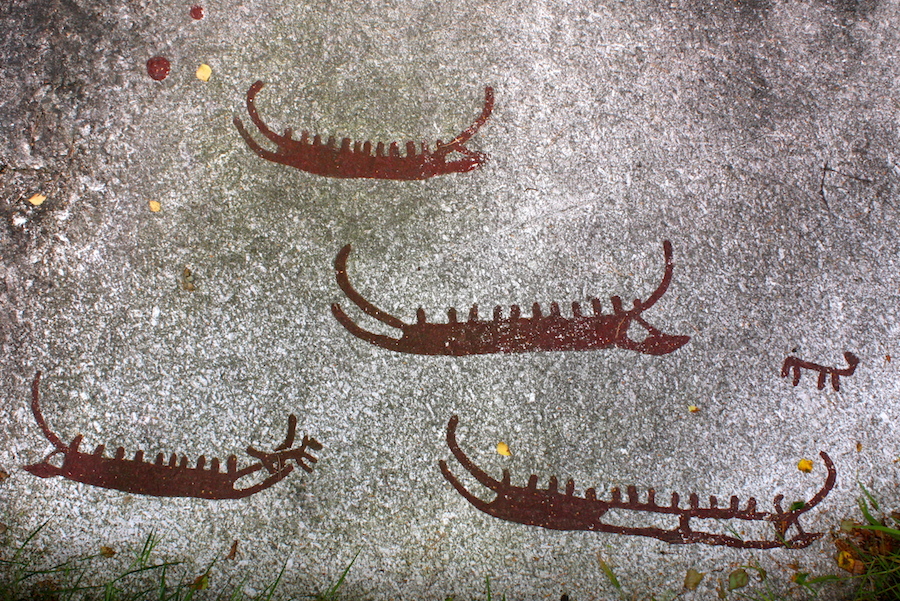
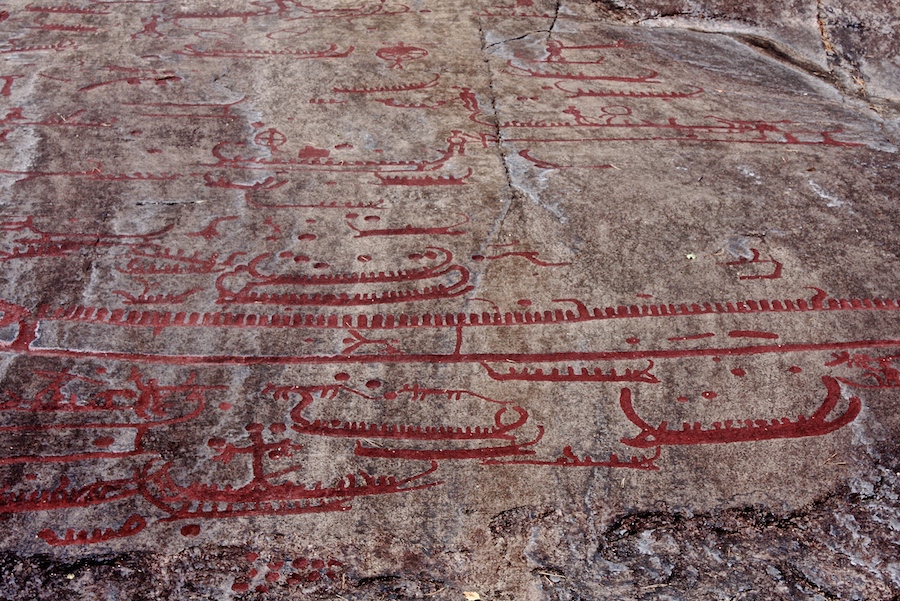
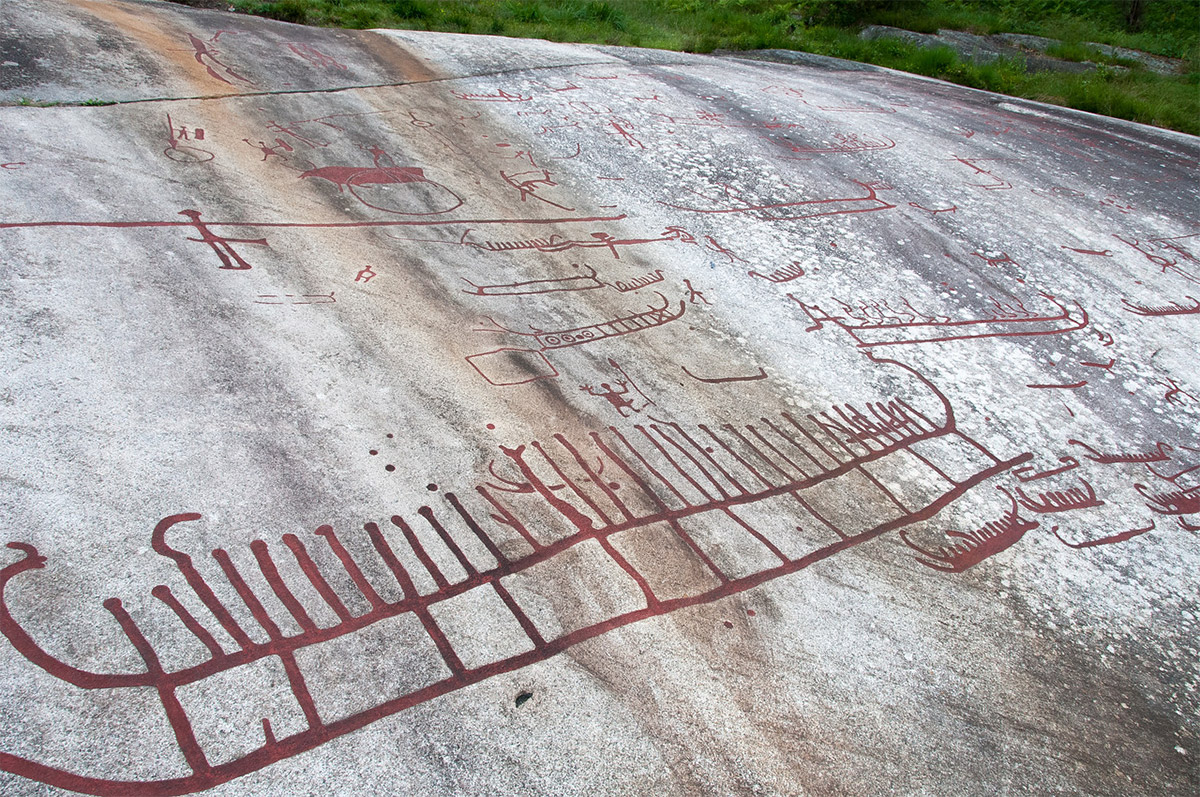
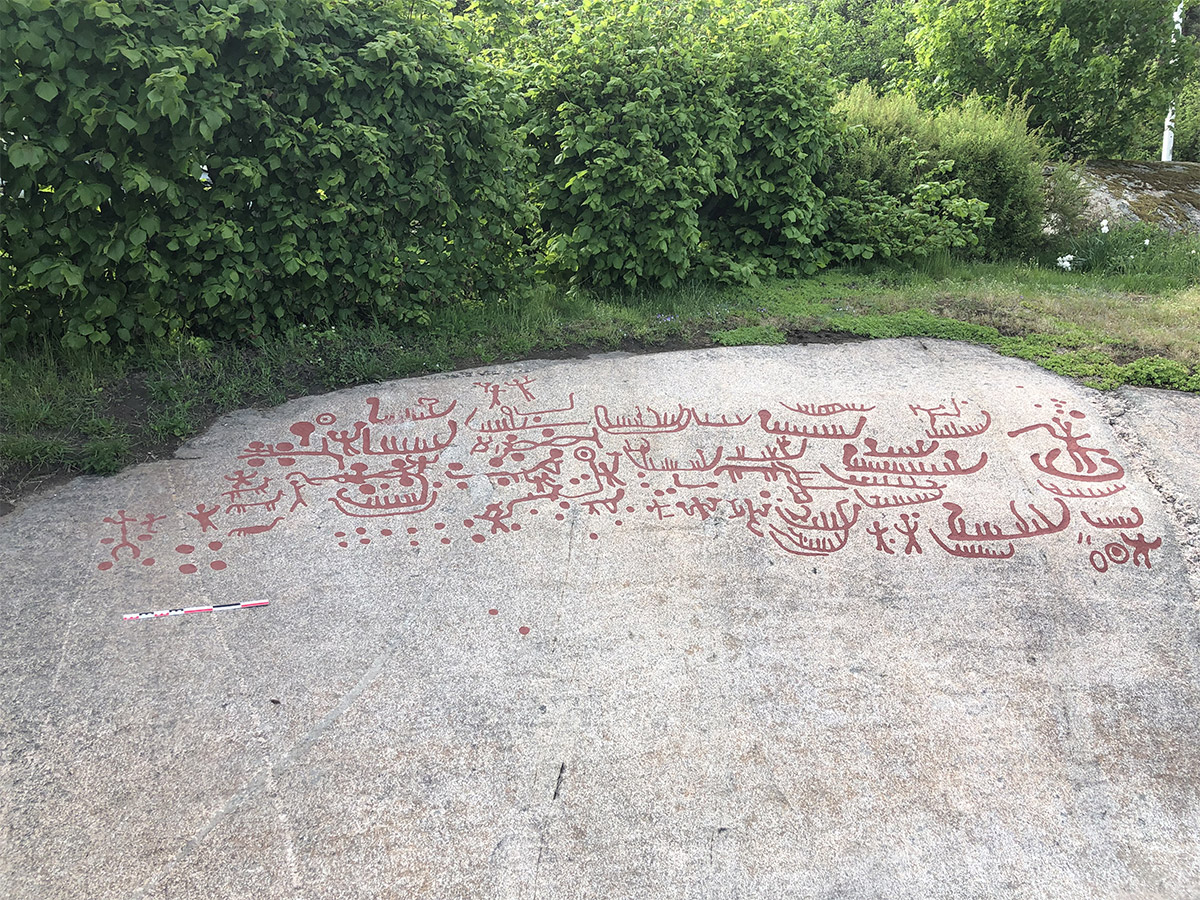
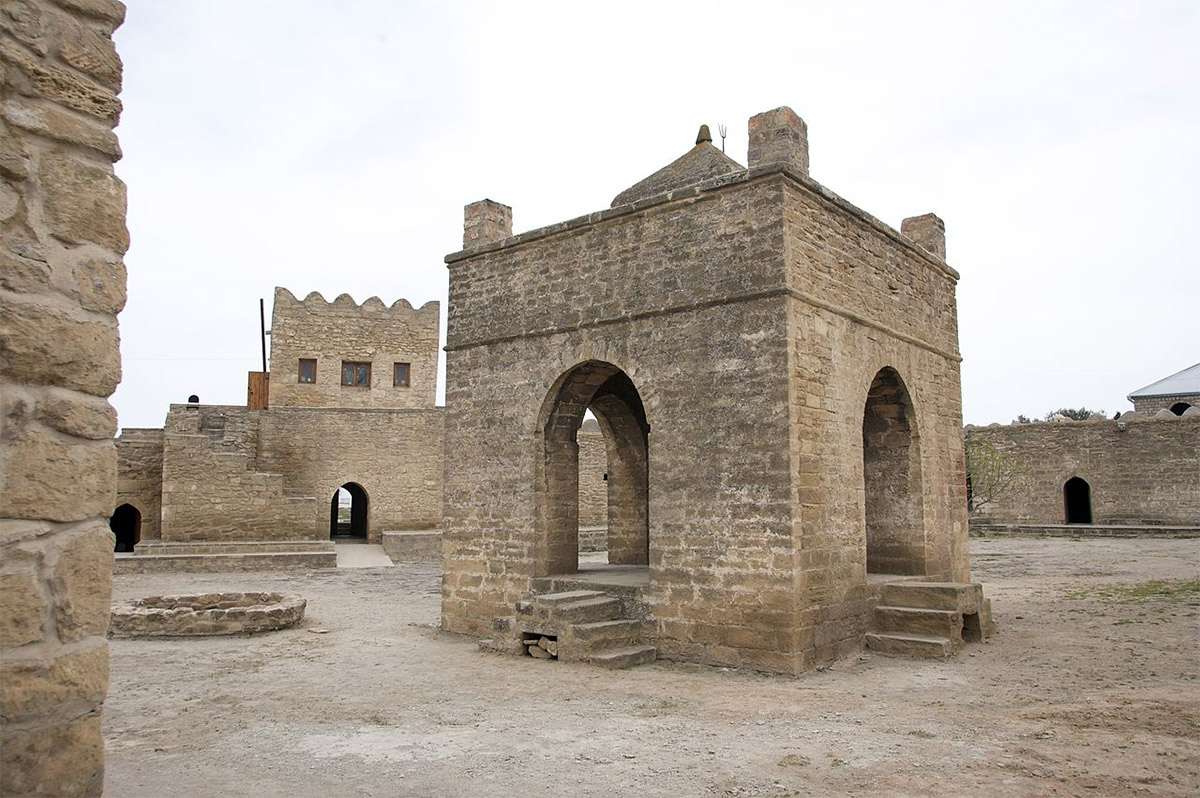
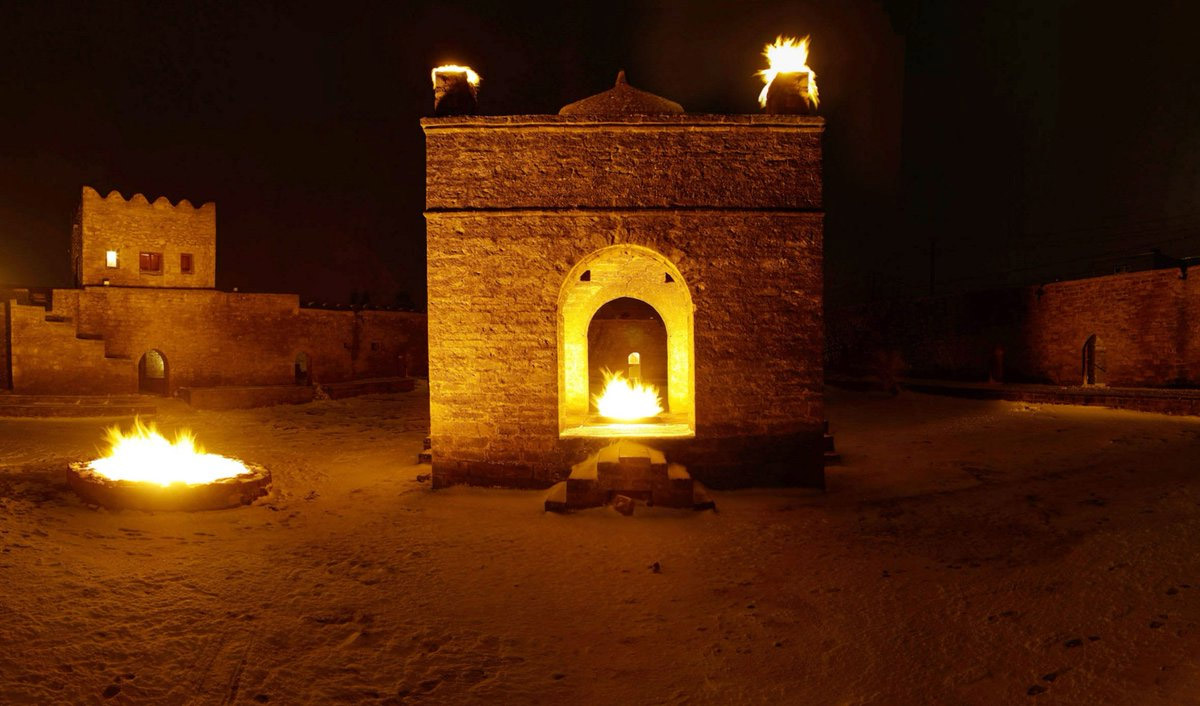
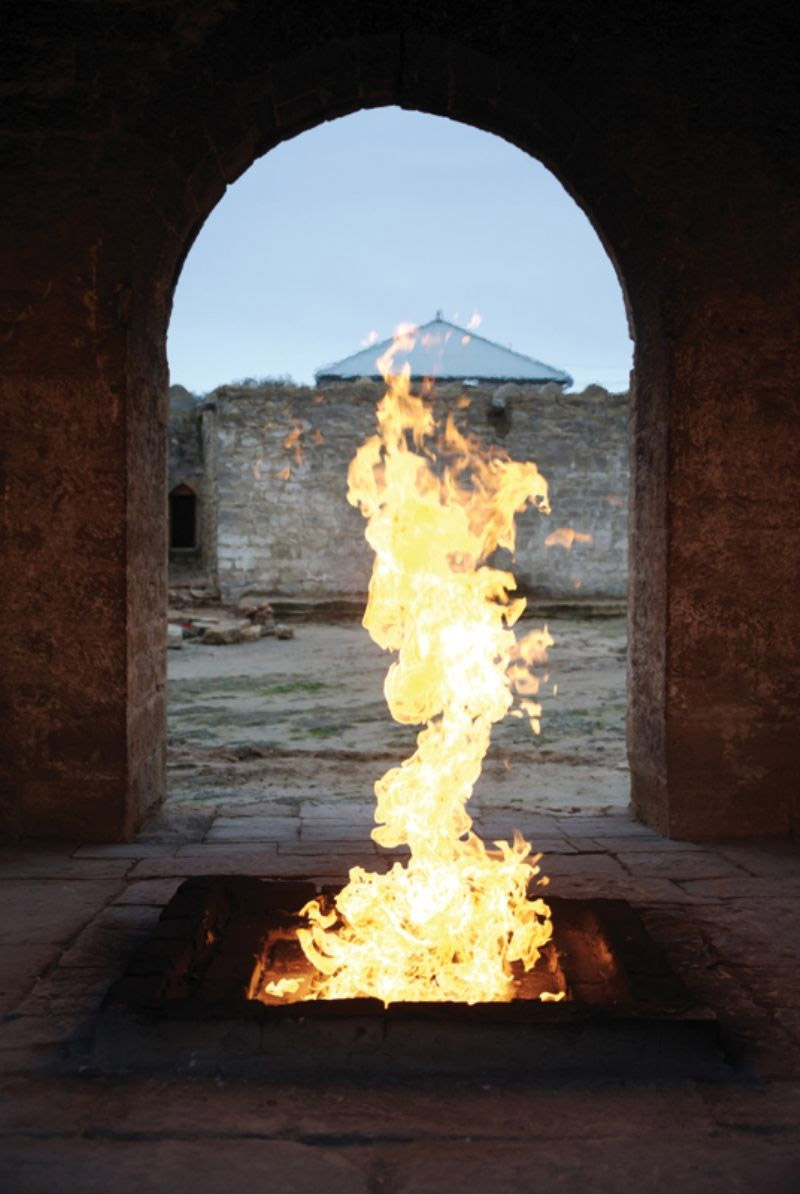
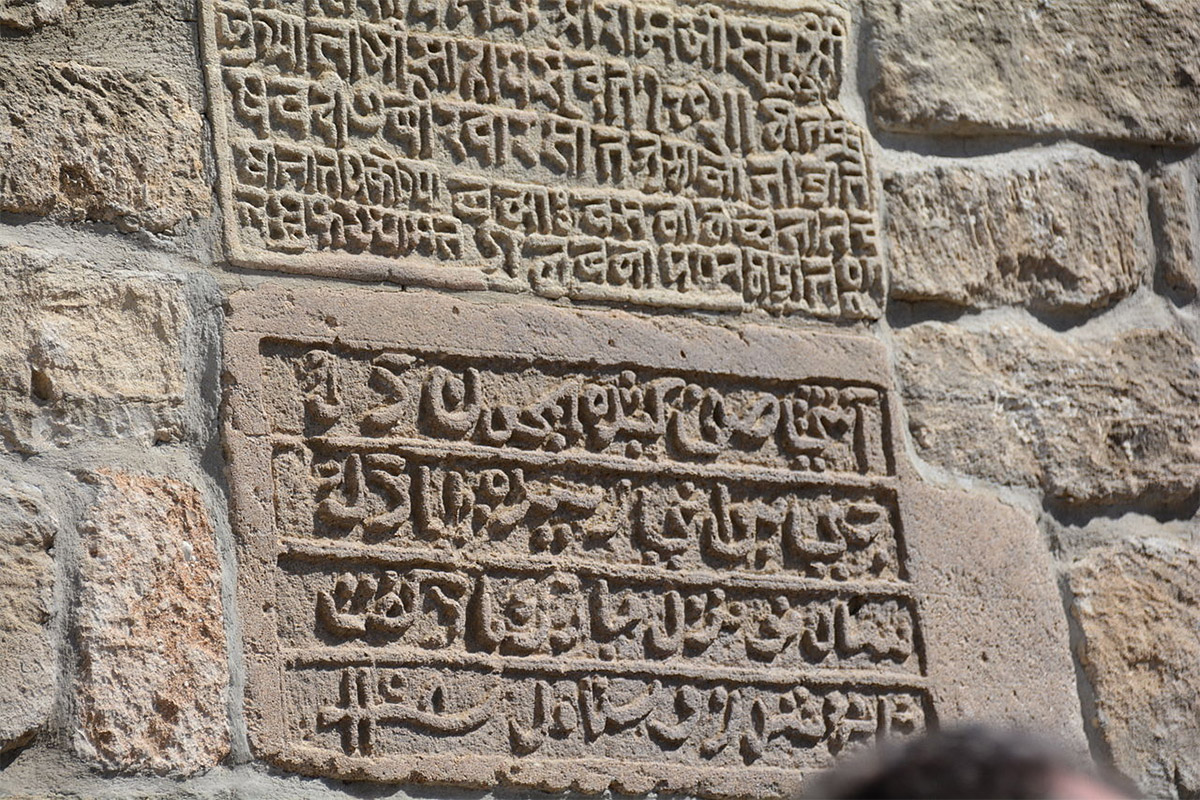
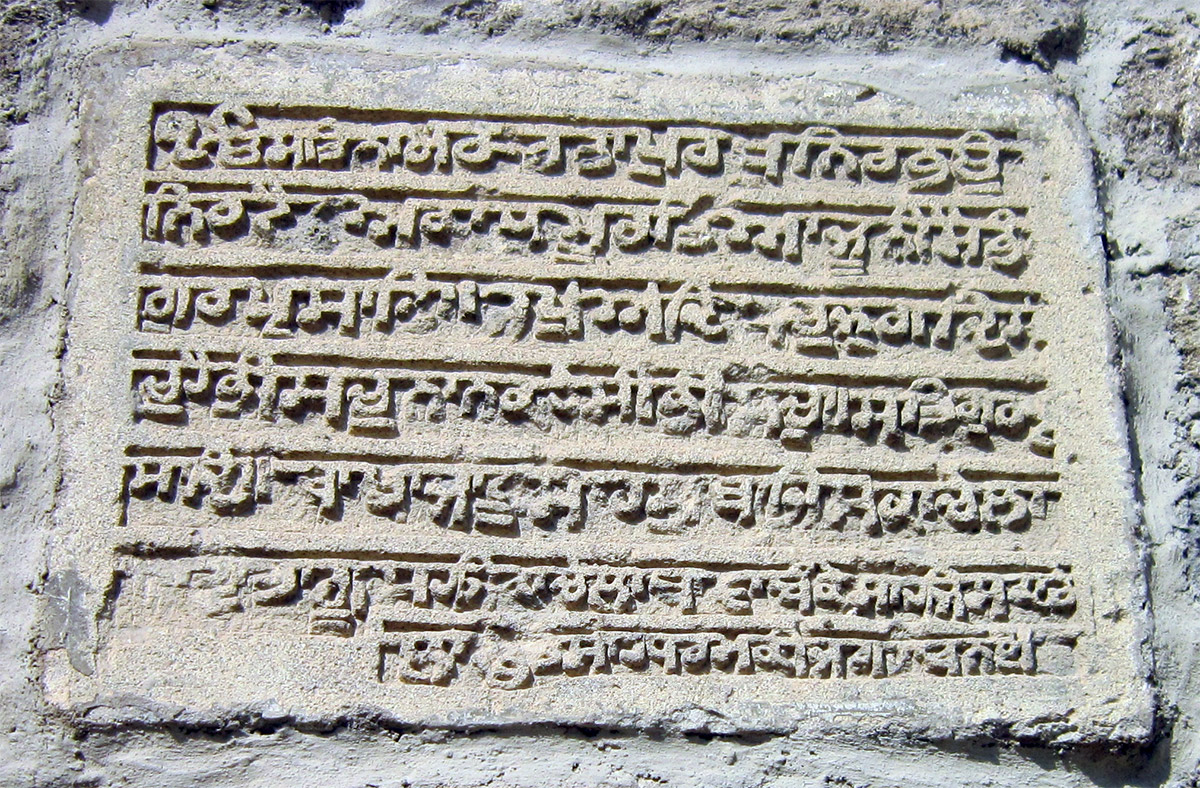





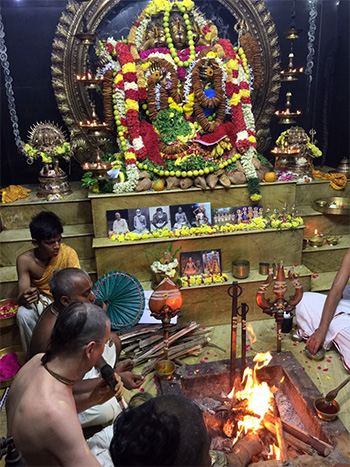
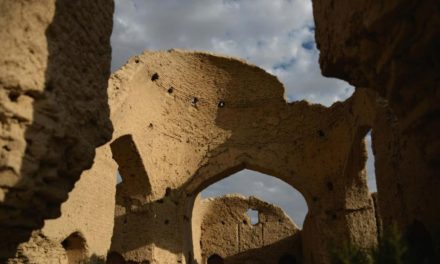
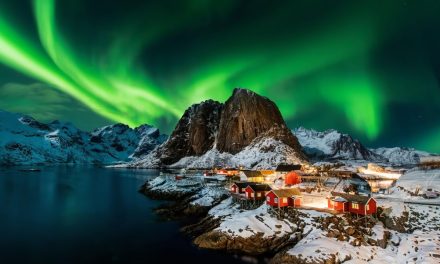

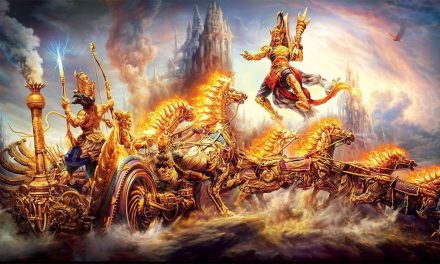
Really amazing to view such vedic areas scattered around the planet.
S.NATARAJAN
when sugar was in India for thousands of years how can modern science attribute diabetes to sugar consumption and tell us to completely ban sugar from our food .
This is very interesting indeed
Animal fats are the danger for diabetes, Not sugar as they state.
Lots of correct information out there.
The word asir, asur, aser are very confusing for coming to conclusions. I was at Mosul, Iraq during 77-78. At Ninve fort there was a stone pillar at the entrance of the fort, giving the names of kings who had ruled the area in the past. Almost all the names were bearing sir names as asir indicating asyrian ( asirian, asur) Dynasties. I can’Dr S M Goelt confirm or conclude.
Commenting on sugar
Quantity consumed by a person and life style. Primitive people were consuming sugar but in different form as raw not processed As in modern age. So over indulgence in sugar converts into fats if not burnt through physical movement.
Very informative and I have always felt that the entire planet was ruled by Indian generations. India is a name given by invading ppl. It is anybody’s guess on the size of the population those days. It must be very meager.
Nordic gods as asuras? Can anybody elaborate please, like who is who? I always thought, that Odin, as the king of heaven could be Zeus in Greek faith and can he be Indra? So when I heard about “them” being asuras? Very interesting or honestly, shocking indeed. Please share if you have bonifide info on this matter. Hare Krishna!
Over times, some land got submerged and came up from sea, as known historically. In my opinion, there was but one language , may be some more here and there localised, and that was Sanskrit. There was only one religion and being only one was not known by a differentiating name as is the case today. That was Sanathana Dharma. There was movement, trade, commerce, tourism and wars between the largely small kingdoms. That has left similarity between the gods worshipped in different places. Thus we find Agni, Sun etc., worshipped in various place with Mexico on one end and Asian countries on the other end. I am a scripture teacher and have read many such similarities among religions, classes of people, gods of worship etc.
I was born in Baku but did not know about the Sanskrit origin of its name. Thank you so much for shedding the light on this and all the amazing information!!
I am amazed at how tolerant the Hindus were then and even now. God bless them.
I am very honoured to be born one.
Om Sai Ram
Thank you for the great articles analysing in depth the roots of Norse religion and very likely connections between Azeri people and Æsir tribe.